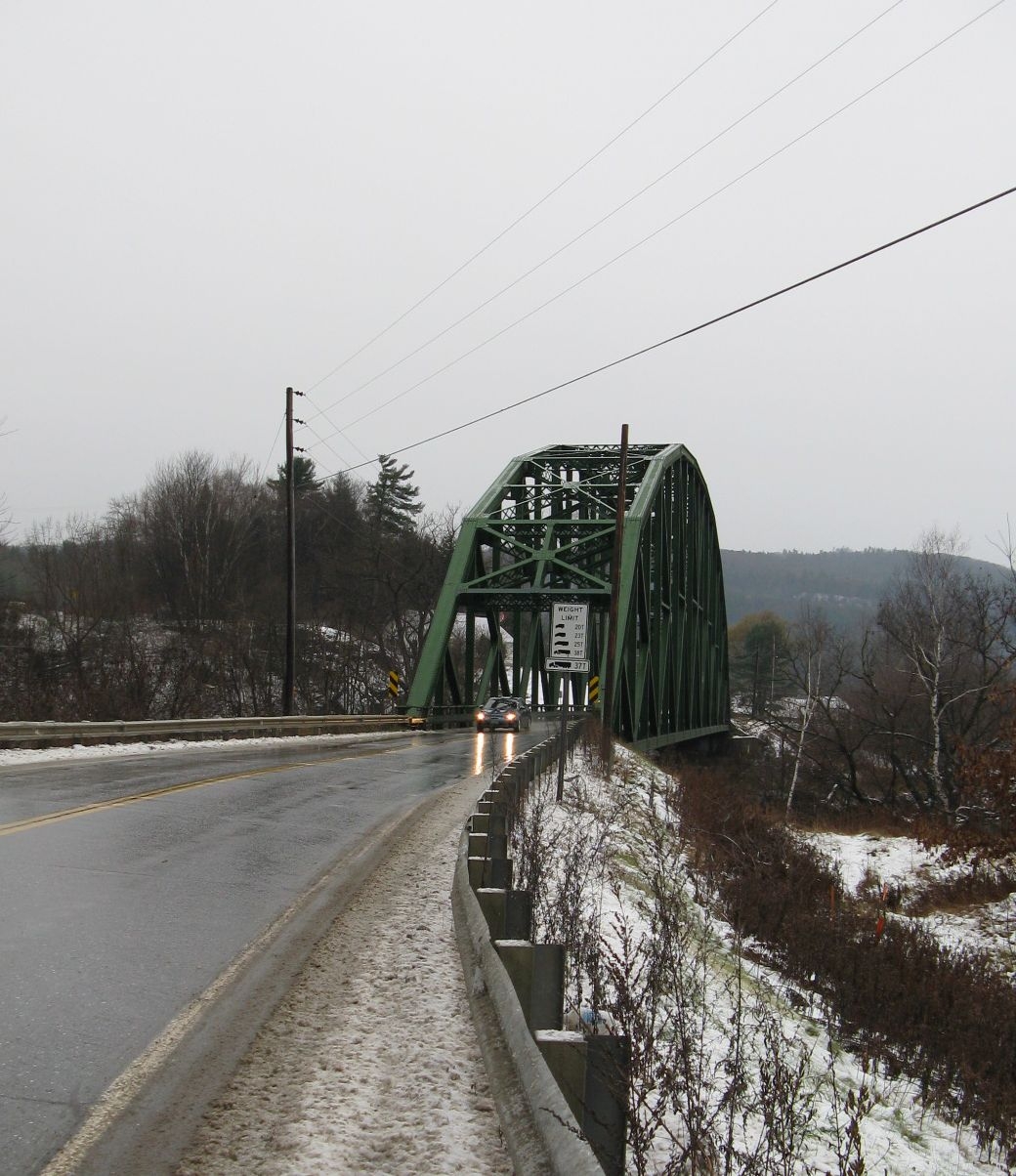 (Host) Engineers and safety specialists are involved every time a highway or bridge is built in Vermont.
(Host) Engineers and safety specialists are involved every time a highway or bridge is built in Vermont.
But none gets final approval until the Transportation Agency’s history experts weigh in.
Scott Newman is one of those experts and he showed VPR’s Ross Sneyd how he helps to preserve some of Vermont’s history.
(Sneyd) Newman is an architectural historian.
He’s the guy the engineers call when they’re getting ready to bring an old bridge up to modern standards.
Sometimes, he can work with the bridge designers to modify a historical gem so it can still be used.
The "Checker House Bridge” over the Winooski River in Richmond is one of them.
(Newman) "It’s a landmark historic bridge in the state. It’s considered one of the 12 exceptionally significant historic bridges. It’s a Pennsylvania truss, one of three remaining in the state, 350-feet long. And anybody who drives down the interstate either direction can see its kind of massive tall profile against the open land.”
(Sneyd) This bridge isn’t wide enough. Its 20-foot deck is about six feet too narrow to carry the stream of cars and trucks on Route 2.
Here’s the dilemma, though. Truss bridges – those big steel structures that arc gracefully over rivers and gorges – are slowly disappearing.
Many were built to replace bridges that washed away in the 1927 flood. So they’re symbols of their era.
But it’s not simple just to add another lane to one of these massive things.
Here’s what VTrans has decided to do in Richmond.
(Newman) "The biggest piece of this project is to widen it. And that’s innovative for the state. To preserve the structure and to meet the loading requirements, we’re going to take the downstream truss and move it approximately six feet away from the upstream and then reconnect it with new bracing. That will give us a clear roadway underneath of 26 feet.”
(Sneyd) VTrans doesn’t do this because it’s staffed by a bunch of history buffs. Agency Secretary Neale Lunderville says federal law requires that preservation at least be considered before replacement.
(Lunderville) "With our steel truss bridges we have an agreement to repair some of them, totally rehabilitate others, kind of rebuild them from scratch, look exactly the same, make sure all the parts are there, and others we document and destroy. Basically catalogue them, take the pictures and then take them down because some, they’re beyond saving.”
some, they’re beyond saving.”
(Sneyd) And, sometimes, despite the best efforts, the state can’t save a historic landmark.
That’s what happened in Windsor. A historic barn once owned by Oscar-winning actress Marie Dressler sat in front of the agency’s district maintenance garage.
Newman says many efforts were made to save it before it collapsed.
(Newman) “We considered use as an archaeology center. We considered adaptive re-use for the district to house trucks and so forth. But the amounts we’re talking a bout to make that happen were in the hundreds of thousands of dollars. Although it would be nice to save that structure, we have to be mindful of the taxpayers’ dollars.”
(Sneyd) So the barn was demolished before it fell down. VTrans did save the cupola and Newman says there are hopes it can be used as part of an informational exhibit.
For VPR News, I’m Ross Sneyd.